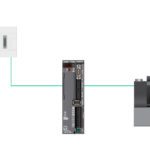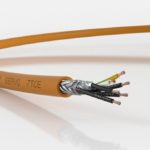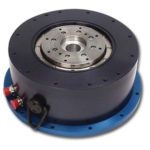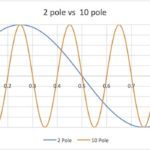While it may sound like a contradiction (or someone not knowing what they’re talking about), the linear rotary motor is in fact a real product. Basically, a linear rotary servomotor is a unique type of motor that offers motion in more than one direction or axis. So they can offer rotational motion like a traditional rotary motor, as well as linear motion like a linear actuator, all in one package.
A typical linear rotary servomotor housing contains both an electromagnetic linear drive and a rotary direct drive, each controlled by a separate servo drive. In these types of motors, motion sequences can be programmed to be either synchronous or completely independent of each other. Linear rotary servomotors can usually be programmed in many ways with position and motion, torque, force as well as speed control and feedback. They also typically are available in a variety of options including hollow shaft, stainless steel and high-torque versions.

These motors find use in applications where both types of motion are needed but there is limited space, so using two separate motors would not work. Typical uses for linear rotary servomotors are in applications where there is a need for performing complex motion tasks such as threading in, closure, transferring, stacking, and aligning.






Leave a Reply
You must be logged in to post a comment.